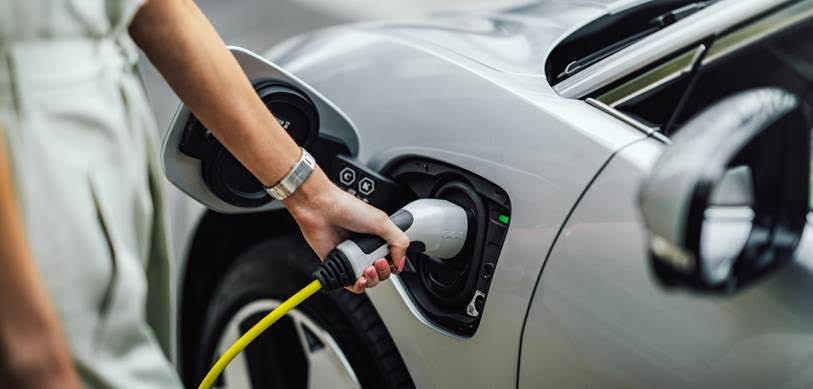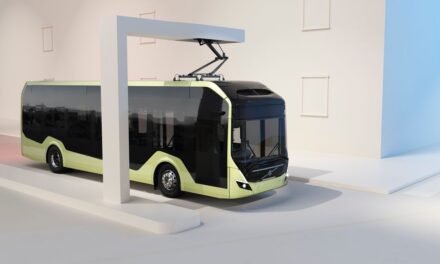By Redação AutoIndústria | 6/22/23 | Translated by Jorge Meditsch
The world’s electric vehicle fleet should surpass 100 million units by 2026, almost four times the current number, estimated at 27 million. Up to the end of the next decade, 730 million full-electric automobiles shall be ridding worldwide.
The projections originated from the last annual BloombergNEF’s (BNEF) “L-Term Electric Vehicle Outlook” research, highlighting the acceleration of the electrification process in diverse road transportation segments, even in emerging economies such as India, Thailand and Indonesia.
The study previews that electric light and heavy cumulative sales should reach U$ 8.8 trillion by 2030 and jump to US$ 57 trillion twenty years later in a scenario where no new policy would be implemented.
“Electric vehicles and batteries now are many countries’ industrial policy central core, and the competition to attract investments will increase in the next years”, says the research company’s report.
According to Aleksandra O’Donovan, BNEF’s electric vehicles chief, battery vehicles are the most efficient, economical and commercially available route to fully decarbonize road transport.
“Even though it is necessary a stronger push in areas such as heavy trucks, charging infrastructure and raw material supply”, says the executive, who claims urgent actions by policy formulators and the industry itself so road transportation could achieve the long-term emission goals.
The report also includes a Net Zero Scenario, consistent with a global zero-emissions fleet up to mid-century. Buses and two-wheel vehicles are going fastly toward it, while commercial vans and passenger cars will need additional political support to keep in the right way.
“Heavy trucks are much behind the trajectory toward zero net emissions and should be a priority focus for policy formulators”.
The study suggests that governments should establish requirements and standards for battery recycling and keep supporting the research of last-generation battery technology that reduces the dependency on critical raw materials. It also suggests a more intense development of public charging networks.










